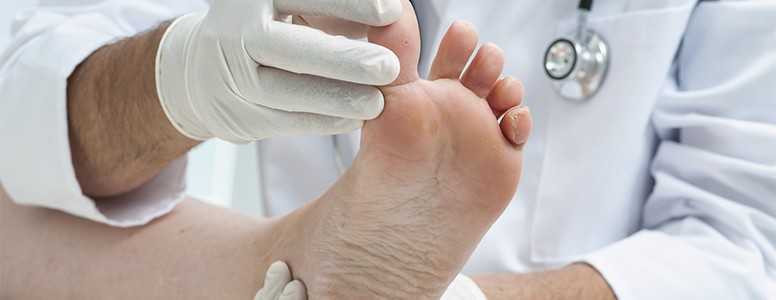A joint team of researchers from Tufts University School of Dental Medicine and Sackler School of Graduate Biomedical Sciences in Boston have found a new non-invasive way to treat patients with diabetes suffering from advanced ulcerations of their foot.
The study findings show that reprogrammed embryonic-like cells, which have so far been extensively used in research focusing on insulin-secreting cells, also show benefits to repair non healing tissue from foot ulcers, a major diabetes complication often resistant to treatment which can lead to limb amputation.
This new top-down approach to diabetic foot ulcers therapy is based upon extensive research around tissue engineering and stem cell biology conducted by the lab of stem cell researcher Jonathan Garlick at Tufts.
In a first study, published online in Cellular Reprogramming and authored by assistant professor Behzad Gerami-Naini, researchers have established that skin cells extracted from diabetic foot ulcers can be reprogrammed to give rise to different beneficial properties or capabilities facilitating certain biological processes.
Cells taken from wounds that do not easily heal – like in diabetic foot ulcers – could be rebooted into specific cell types that can heal wounds in patients.
A second study, published in Wound Repair and Regeneration and led by Anna Maione – who showed in a 2015 paper that cells from diabetic ulcers have fundamental defects which can be corrected – uncovered a useful reprogramming factor for the target cells, a protein called fibronectin.
The protein has previously been shown to be abnormal in other diabetic complications, such as kidney disease, but this is the first time that it has been linked to a break-down in the wound-healing process in cells from diabetic foot ulcers. Variability in the stem cells produced could depend upon silencing to different degrees the protein.
Maione’s research team made the discovery by looking at 3D reconstitutions of tissues of adult cells engineered to grown skin that is faithful to typical chronic wounds found in a range of skin diseases, including diabetic foot ulcers.
The researchers noticed that cells from diabetic foot ulcers amass with fibronecti, which is responsible for disrupting the function of what is known as the extracellular matrix, a scaffold or immature structure critical for wound repair in the skin. Fibronectin actively prevents proper closure of wounds.
In order to be successfully reprogrammed without the detrimental action of fibronecti, the cells need to be pushed back to a pluripotent or embryonic stem cell-like state, that enables them to turn into a variety of different specialised cell types and acquire the wound repair abilities sought after.
In order to test the effectiveness of newly acquired wound healing properties, researchers will study, in the 3D models, to what extent the lab-grown cells can outperform cells originally taken from non-healing wound.
Overall, this stem cell research breakthrough targeted at foot ulcers holds a lot of promise to enable treatments that target ulcers directly. Researchers now even envision the possibility of engineering many more cells types that are important for wound healing.
What's new on the forum? ⭐️
Get our free newsletters
Stay up to date with the latest news, research and breakthroughs.





